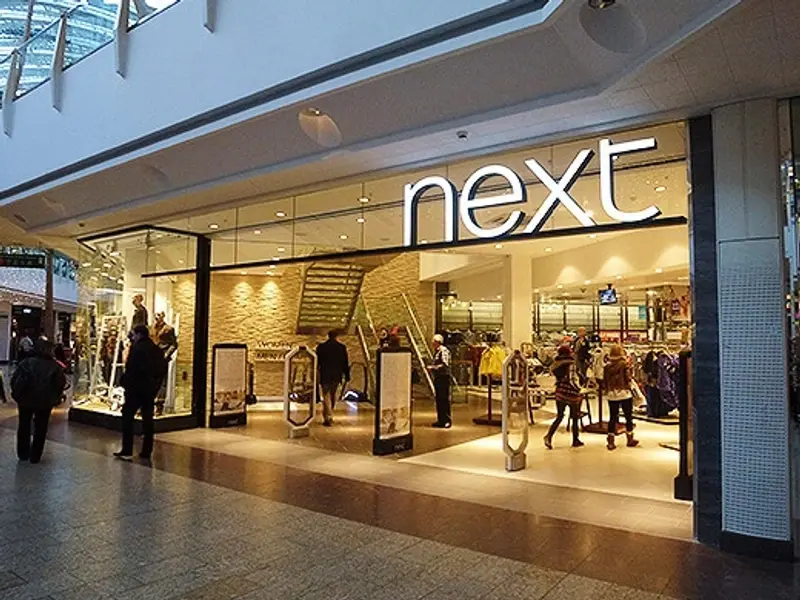
High street fashion-to-homewares giant Next (NXT) cheapens 3.2% to £51.34, despite maintaining the full year sales and profit guidance given alongside half year results five weeks ago (25 Sep).
Investors are fretting over a slowing of online sales and a slump in sales from brick and mortar stores in the third quarter to 27 October, with rival Marks & Spencer (MKS) marked down 1.1% to 296.6p on the negative read-across.
SOLID SHOWING, BUT ONLINE SALES ARE SLOWING
Next’s third quarter performance is anything but a Halloween high street horror show. Quarterly full price sales are in positive territory, edging up 2% on last year, although this is lower than the 4.5% growth recorded for the first half to 28 July, when warm weather boosted takings at the retail bellwether’s tills.
Eagle-eyed investors have also spotted that sales also received a boost from finance interest income from the credit facility Next extends to customers through its nextpay account.
As has been the trend for some time, with spending migrating to the web, Next’s numbers demonstrate a dispersion of performance between physical and digital sales; more than half of Next’s sales now come from its online and finance businesses, so it is heading in the right direction.
Online sales grew 12.7% in the third quarter, although this represents a significant slowdown on the 16.8% generated in the first half and is spooking investors on Wednesday.
RETAIL IN RETREAT
Retail sales dropped by a worrying 8%, a faster pace of decline than the 7% witnessed in the first half, yet no surprise given the tumult engulfing the UK high street.
For the year to next January, CEO Simon Wolfson (pictured below) is sticking with full year guidance for pre-tax profit of £727m, a £10m upgrade announced at the interim stage although implying meagre 0.1% year-on-year growth, on 3% total full price sales growth. Earnings per share growth of 5% is forecast thanks to the effect of share buybacks.
Last month, Wolfson conceded ‘the UK retail market remains volatile, subject to powerful structural and cyclical changes’, and in terms of meeting forecasts, much hinges on Next’s performance in the run-up to and over Christmas.
The retailer is traditionally first out of the blocks to report among sector peers and its festive update is slated for 3 January.
THE EXPERTS’ VIEW
‘Retail bellwether Next has issued a solid Q3 trading statement for the three months to 27 October 2018,’ writes broker Shore Capital.
‘As ever a tale of two halves. Retail sales fell 8% in the period, against a run-rate of -6.9% in the first half. We would highlight the tougher comparatives that the retailer is cycling, together with the well documented unseasonal warm weather across the UK in early Autumn, that has provided challenges for all clothing retailers.’

‘Today’s statement represents a continuation of that trend, the difference being that online sales growth has slowed markedly from the first half and investors have punished the company accordingly.’
‘Guidance for the full year to January 2019 is maintained. Although it had been upgraded slightly at the half year stage, at that point it still looked fairly conservative; less so after this update,’ says Mould.
‘CEO Simon Wolfson’s skill at managing expectations looks set to be tested as Next now heads into the most important trading period of the year against an extremely uncertain consumer backdrop.’
‘A weak outturn might increase pressure on management to consider more radical solutions to the structural challenges facing its physical shops,’ the AJ Bell expert says.





